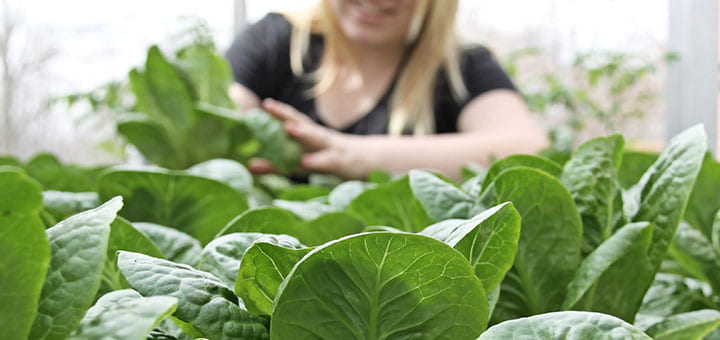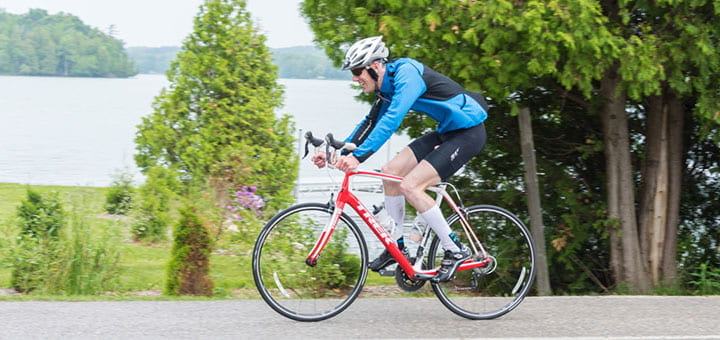
Women in Leadership
In our last blog post we reviewed where women stand in the quest for gender equity based on a Declaration and Platform for Action developed by the UN in 1995.
Although the global community has a long way to go, there are bright spots, where innovative women “solutionaries” are pivoting not only to cope but to “build forward better.” These women are architecting transformative futures not only in government, but also in public service, business, in the climate movement and in entrepreneurship.
- Lina Khalifeh from Jordan took her business online training women to deal with domestic violence
- Leah Lizarondo from the US doubled the number of volunteers helping to provide much needed free food to those in need
- Young water engineer Christelle Kwizera from Rwanda used her WE Empower grant money to ensure local schools had running water for access to hand washing
- Bessie Schwarz from the US is working in 20 countries with Big Data to inform grassroots women’s groups about flood prevention
Recognizing women modeling sustainable business practices and gender equity ignites awareness about their positive multiplier effect, a term developed by economists but with great relevance to cultural gender change.
Repeated exposure of women leading, thriving and change-making improves perceptions of female possibility. Stories about female role models help adolescent girls and other women aspire to leadership positions.
Essentially the success of one woman is amplified by other women and so on, precipitating cumulative change.
The fact is, countries, employers, communities and households benefit when women have greater opportunity and agency.
Our blog post “Revisiting Gender Equality” shared news from New Zealand, Germany, Finland and Taiwan, countries led by female leaders, who are part of a new movement of leaders, caring more for group welfare than individual showmanship.
Yet how can we continue to encourage the multiplier effect when the current path to leadership is often won by risk-taking, competition and negotiation, behaviors women are less likely to pursue, according to research?
Here are some ideas:
Modeling Female Leadership — Mentorship, confidence building, media training and political education are all effective tools to increase adolescent girls’ and women’s aspirations and abilities.
Negotiating Strategies for Women — Women are strong negotiators. In fact, when women negotiate on behalf of others, they exceed men’s negotiated outcomes. However, when women negotiate for themselves they often experience backlash and hesitate to negotiate as strongly. Women can learn strategies to avoid this outcome.
Reducing Ambiguity in Career Paths — Vagueness heightens the potential for gender to play a role in price and salary negotiations. Reduce ambiguity by having transparent information about what career opportunities, resources or rewards are negotiable and what the standards are for attaining them.
It is only by rising together can women, their allies and executive leadership reduce the barriers to women attaining positions of leadership.
*
The Institute for Women’s Leadership seeks to fulfill critical needs in the region and contribute to a robust, more broadly engaged and representative professional workforce and leadership with programs like “Women Rising” Stories from Experience” and “Rising Together: Caffeinated Conversations,” along with “Sharing Knowledge” workshops from qualified business members. On May 6 from 8:30 a.m. to 3:30 p.m., the Intitute is hosting a Virtual Women’s Retreat, inspiring, an inspiring day of conversation, advice and shared experiences. For more information visit the website www.uwgb.edu/womens-leadership
*
RESOURCES:
International Leadership Association. “’Building Forward Better’ – Why Women’s Leadership Matters.” Amanda Ellis, 12 August 2020.
Harvard. “Women and Public Policy.”

